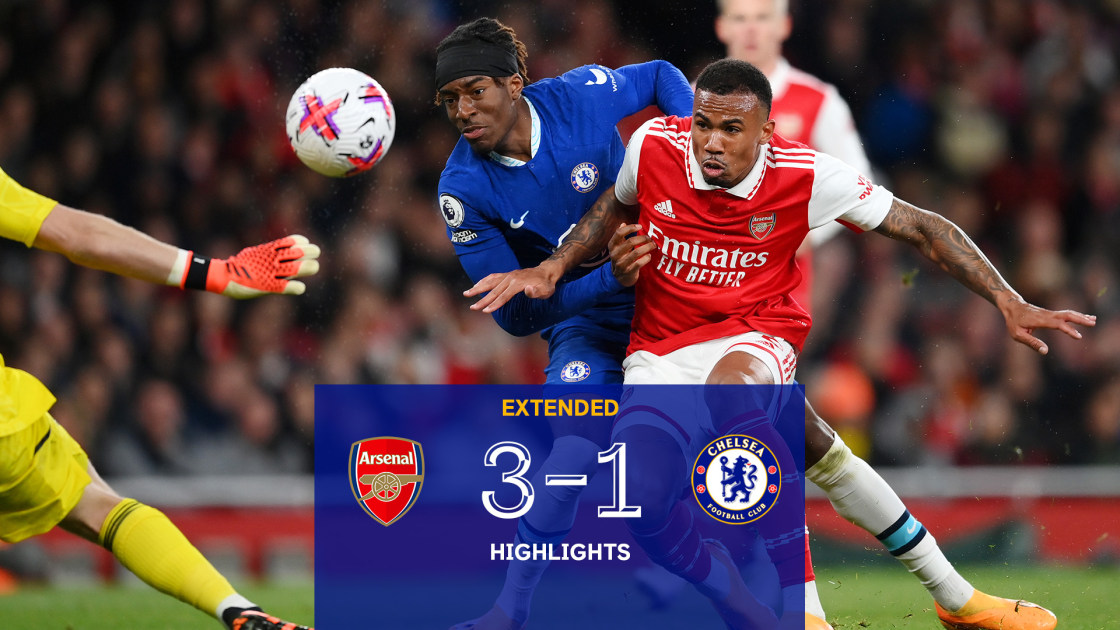
The Goal Rush: Unpacking the Dynamics of Football’s Top-Scoring Leagues
Football, the world’s most beloved sport, thrives on moments of sheer brilliance, tactical masterclasses, and nail-biting finishes. Yet, arguably, nothing captivates fans quite like the exhilarating rush of a goal. It’s the ultimate punctuation mark in the beautiful game, and some leagues consistently deliver more of them than others. But what truly defines a "top-scoring league," and what underlying factors contribute to this goal-rich environment? This article delves into the fascinating world of football’s highest-scoring divisions, exploring the metrics, the tactical philosophies, the economic realities, and the cultural nuances that fuel the goal rush.
Defining the Goal-Rich Landscape
When we talk about top-scoring leagues, we’re primarily referring to the average number of goals scored per game (GPG) over a season. While individual high-scoring matches are thrilling, consistency across an entire league is what truly sets these divisions apart. A league averaging 2.8 goals per game or more is generally considered high-scoring, indicating an environment where attacking play often trumps defensive rigidity.
Historically, leagues like the Dutch Eredivisie have been synonymous with goals, often due to a philosophy that prioritizes attacking football and technical skill over defensive solidity. In recent decades, however, other major European leagues, and even some emerging ones, have joined the ranks of goal-haven competitions, challenging the traditional stereotypes.
The Multifaceted Factors Behind the Goal Rush
The propensity for goals in a league is rarely a single-factor phenomenon. Instead, it’s a complex interplay of tactical trends, player quality, financial disparities, cultural influences, and even refereeing interpretations.
1. Tactical Philosophies and Playing Styles
Perhaps the most significant determinant of a league’s scoring rate is the prevailing tactical philosophy. Leagues that encourage proactive, attacking football with high pressing, quick transitions, and fluid offensive movements tend to yield more goals.
- Aggressive Pressing and High Lines: Many top-scoring leagues, like the German Bundesliga and the English Premier League, feature teams that employ aggressive high presses. This strategy aims to win the ball back high up the pitch, creating immediate scoring opportunities closer to the opponent’s goal. While effective in attack, it can also leave teams vulnerable to quick counter-attacks if the press is broken, leading to more open, end-to-end games.
- Emphasis on Attack over Defense: In some leagues, there’s a cultural or historical leaning towards attacking flair. Coaches might be encouraged (or pressured by fans) to play entertaining, expansive football, even if it means sacrificing some defensive solidity. This contrasts sharply with leagues historically known for their defensive prowess, such as the Italian Serie A of the 1990s, where "catenaccio" (door-bolt) tactics often resulted in lower-scoring affairs. While Serie A has evolved, the foundational tactical DNA can linger.
- Vertical Play and Transitions: Leagues that favour quick, direct play from defense to attack, minimizing unnecessary sideways passing, tend to generate more goalmouth action. This "verticality" often leads to fewer congested midfield battles and more rapid transitions into dangerous areas.
2. Player Quality and Distribution
The calibre and concentration of attacking talent within a league naturally impact goal tallies.
- Elite Strikers and Playmakers: Leagues boasting a plethora of world-class strikers, prolific wingers, and creative attacking midfielders will inevitably see more goals. When top clubs can afford to acquire multiple attacking superstars, they often score at will against weaker opposition.
- Balance of Squads: The overall quality of squads across the league also plays a role. If there’s a significant disparity between the top teams and those at the bottom, the dominant clubs will run up high scores more frequently. Conversely, in leagues where every team is defensively well-organized and has a solid core, goals might be harder to come by.
3. Financial Disparity and Competitive Imbalance
Economic factors often have a profound, albeit indirect, impact on goal scoring.
- Wealth Concentration: Leagues where financial power is heavily concentrated among a few elite clubs often see these wealthy teams dominate significantly. They can afford the best attacking talent, while smaller clubs struggle to invest in quality defenders or goalkeepers. This creates a scenario where a few teams consistently score high numbers against the rest of the league, inflating the overall GPG.
- Investment in Attack: Clubs with deeper pockets often prioritize investing in high-profile attacking players who sell shirts and excite fans. Defensive players, while crucial, might not command the same transfer fees or wages as a prolific striker, further skewing the talent distribution towards the attacking end.
4. Refereeing Interpretations and VAR
The modern game’s officiating also plays a subtle role.
- Penalty Awards: With the introduction of VAR, more penalties are being awarded for fouls within the box, including handballs and less obvious contact. Penalties are high-percentage scoring opportunities, and an increase in their frequency directly contributes to higher goal tallies.
- Tolerance for Physicality: Differences in how referees interpret fouls and allow physical contact can affect the flow of the game. Leagues with a lower tolerance for cynical fouls or overly aggressive challenges might see more free-kicks and open play, potentially leading to more scoring chances.
5. Fan Culture and Stadium Atmosphere
While less tangible, the culture surrounding a league can also influence play.
- Demand for Entertainment: In some countries, fans demand exciting, attacking football. This pressure can influence club owners and managers to adopt more adventurous tactics, knowing that defensive, low-scoring games might lead to disgruntlement.
- Home Advantage: Electric atmospheres can inspire teams to play more expansively, especially at home, leading to more aggressive attacking play and potentially more goals.
Case Studies: Prominent Top-Scoring Leagues
Let’s look at some specific examples of leagues renowned for their goal-scoring prowess:
1. The Dutch Eredivisie: The Cradle of Total Football
Historically, the Eredivisie has been a consistent leader in average goals per game. Rooted in the "Total Football" philosophy of the 1970s, Dutch football often prioritizes technical skill, fluid movement, and attacking flair over rigid defensive structures. This commitment to entertaining, offensive play, coupled with a relatively lower financial ceiling that sees top defensive talents move abroad, often results in open games with plenty of goals. While some argue this comes at the expense of defensive solidity in European competitions, it undeniably makes for a thrilling domestic spectacle.
2. The German Bundesliga: High Intensity and Transition Masters
In recent years, the Bundesliga has emerged as one of Europe’s most consistently high-scoring leagues. Its hallmark is intense, high-octane football, characterized by aggressive pressing, rapid transitions, and vertical play. German clubs, often operating with excellent financial stability and packed stadiums, encourage a direct, end-to-end style. The emphasis on athletic, dynamic players who can cover ground quickly and press relentlessly creates numerous turnovers and scoring opportunities. Bayern Munich’s dominance, often running up high scores against lesser opponents, also contributes significantly to the league’s overall GPG.
3. The English Premier League: Pace, Power, and Prowess
The Premier League is renowned for its relentless pace, physicality, and competitive intensity. While often considered tactically sophisticated, its high scoring is also driven by its immense financial power, which attracts a disproportionate share of the world’s top attacking talent. The league’s commercial success allows clubs, even outside the "Big Six," to invest heavily in top-tier forwards and creative midfielders. The desire for entertainment, combined with aggressive tactical approaches like counter-pressing and swift transitions, often leads to open, end-to-end contests where goals are plentiful. The sheer quality of attacking players means that even half-chances are often converted.
4. Spanish La Liga: Technical Brilliance and Top-Heavy Scoring
While often praised for its technical quality and tactical sophistication, La Liga’s high goal count is somewhat top-heavy. The consistent dominance of giants like Real Madrid and Barcelona, who possess some of the world’s most prolific attackers, leads to many high-scoring victories against teams with significantly fewer resources. While mid-table and lower-table clashes can sometimes be tighter, the sheer volume of goals scored by the top few teams inflates the league’s overall average.
5. Other Notable Mentions
- Scottish Premiership: Often sees high goal counts, particularly due to the significant disparity between Celtic/Rangers and the rest of the league.
- Belgian Pro League & Portuguese Primeira Liga: These leagues often serve as talent incubators, with exciting attacking prospects playing in open, less defensively rigid systems before moving to bigger leagues.
- Major League Soccer (MLS): While still developing, MLS often features open games with plenty of goals, partly due to tactical approaches and a focus on entertainment.
The Impact of Goal-Rich Football
The prevalence of goals has several significant impacts on the sport:
- Enhanced Entertainment Value: Goals are the most exciting part of football. High-scoring leagues inherently offer more drama, more comebacks, and more thrilling moments, making them incredibly attractive to viewers worldwide.
- Commercial Appeal: More goals translate to more excitement, which drives higher viewership figures, larger broadcast deals, and increased commercial revenue. Leagues that consistently deliver goal-fests are more marketable.
- Tactical Evolution: The pursuit of goals drives tactical innovation. Coaches are constantly devising new attacking strategies, pressing schemes, and set-piece routines to unlock defenses, leading to a dynamic and evolving tactical landscape.
- Player Development: A high-scoring environment can be a fertile ground for developing attacking talent. Young strikers and creative midfielders thrive in systems that prioritize offensive play, honing their finishing and playmaking skills.
Conclusion: The Enduring Allure of the Net Bulge
The phenomenon of top-scoring football leagues is a testament to the sport’s dynamic nature. It’s not merely about individual moments of brilliance but a complex tapestry woven from tactical choices, economic realities, player quality, and cultural expectations. While defensive solidity remains crucial, the modern game increasingly celebrates the exhilaration of the attack.
Whether driven by a historical attacking philosophy like the Eredivisie, the high-octane intensity of the Bundesliga, or the financial might and competitive fire of the Premier League, these goal-rich environments offer football at its most exciting. As the game continues to evolve, the quest for goals will undoubtedly remain at its heart, ensuring that the sight of the net bulging will forever be the most cherished moment for fans across the globe.



